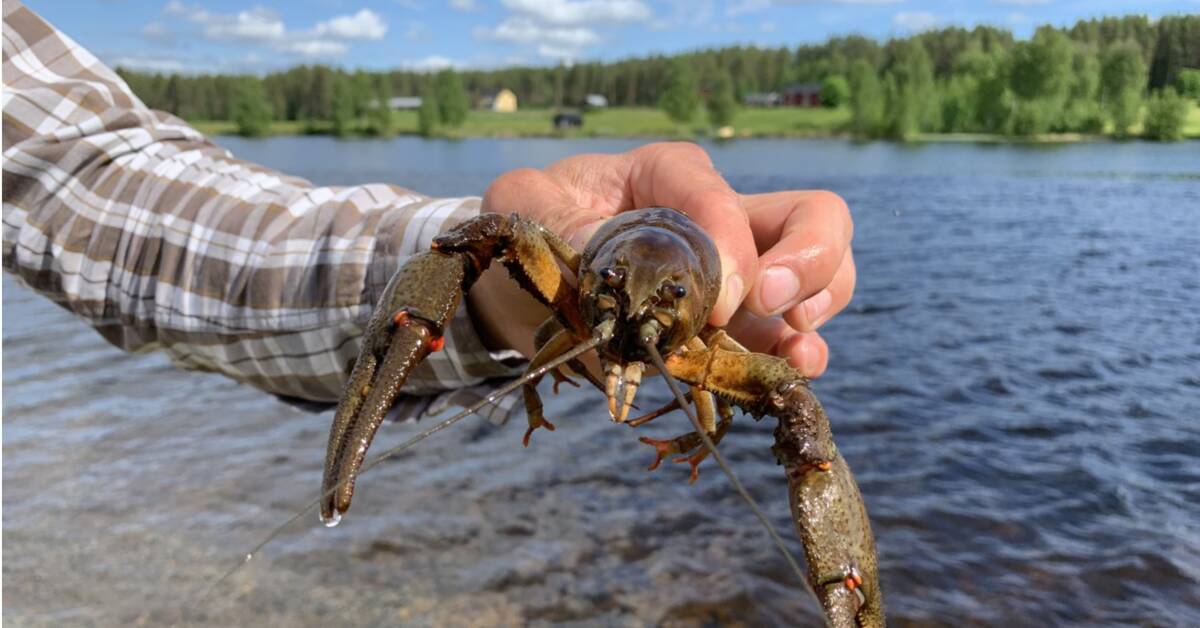According to Patrik Bohman, environmental analyst at the Swedish University of Agricultural Sciences (SLU), it is remarkable and tragic that the crayfish plague is now raging so far north.
- We have seen the northern parts of the country a bit as a protected area for crayfish, which is our native species, he says.
The most common cause of outbreaks is that someone released the closely related signal crayfish into a water.
The signal crayfish is planted and is classified as an invasive species that carries the plague that kills the crayfish.
To the south, the decline in crayfish has been clear for a long time.
- In total, in Sweden we have between 600 and 800 stocks of crayfish left while we have about 10,000 stocks of signal crayfish.
The plague spreads from the reservoir in Rengården to the sea
But those who believe that signal crayfish can replace crayfish must think again.
Researchers at Lund University have in fact concluded that signaling forces are more difficult to cope with in northern Sweden.
- If you release signal crayfish illegally in northern Sweden in the hope of getting a lot of crayfish, I can say that it will not be, it is rather the opposite, says Patrik Bohman.
In the Skellefteälven river, the area from the reservoir in Rengård down to the sea is classified as plague-infected.
Recent test fishing with subsequent analyzes so far indicates that the reservoir itself and the area above are still free of crayfish plague.
- Falkträsket and Klintforsån also seem to have managed so far, says fisheries consultant Tony Söderlund.
He and his colleagues' task now is to try to stop the outbreak.
Theoretically, just a few drops of water with fungal spores are enough to spread the infection.
- It is really important that you do not even move a swimsuit between different waters before you have disinfected it.

